
Copernical Team
Health science in orbit
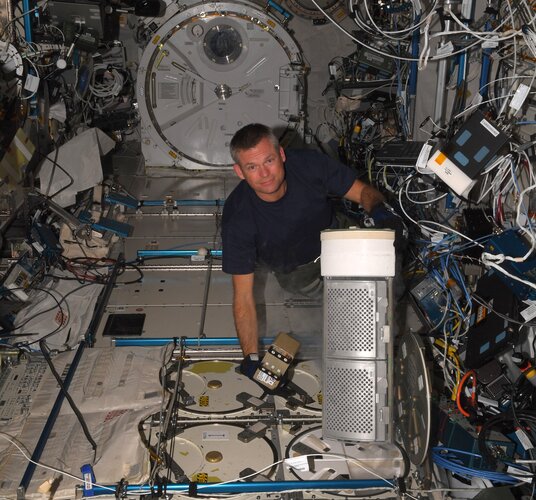
Missions to the International Space Station focus on conducting science at Earth’s orbiting laboratory. One of the science pillars for Andreas Mogensen’s Huginn mission was health where researchers study the effects of microgravity on the human body in space. Here is an overview of some of the science that Andreas performed during his six-month mission.
Meteor shower to peak today: Here's when and the best way to watch
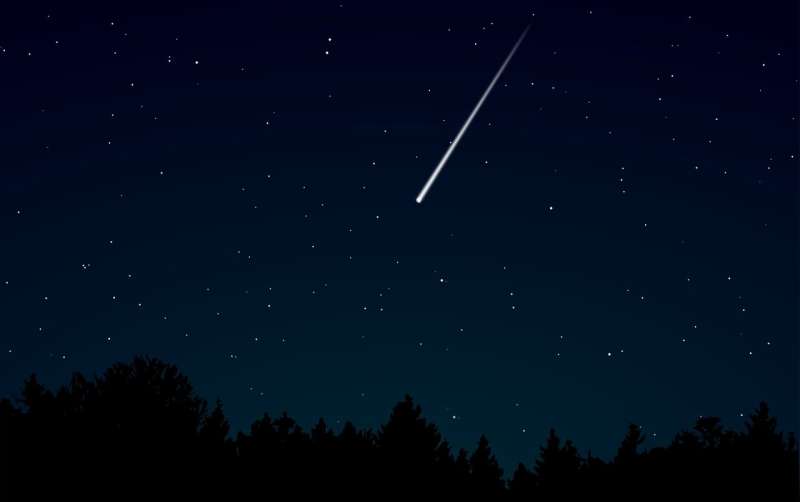
One of the oldest known meteor showers is streaking through the sky above California. The Lyrid meteor shower was first recorded in 687 B.C. and has been studied for more than 2,000 years, according to NASA. The meteor shower occurs every April, peaking this year on April 22.
Question: What is a meteor?
Answer: Meteors are essentially debris in the sky. They come from leftover comets and broken asteroids, NASA states.
When the Earth makes passes through the meteors each year, they disintegrate.
"As they burn up in Earth's atmosphere, the meteors leave bright streaks in the sky commonly referred to as 'shooting stars,'" NASA said on its website.
This is the reason meteor showers occur around the same time of year, according to NASA.
Q: When is the Lyrid meteor shower?
A: The Lyrid meteor shower occurs every year between April 16 and April 25, according to NASA.
This year, it will peak on Monday night.
"As with most meteor showers, the peak viewing time will be before dawn, but the Lyrids will become visible beginning at about 10:30 p.m.
European Space Agency adds 5 new astronauts in only fourth class since 1978. Over 20,000 applied
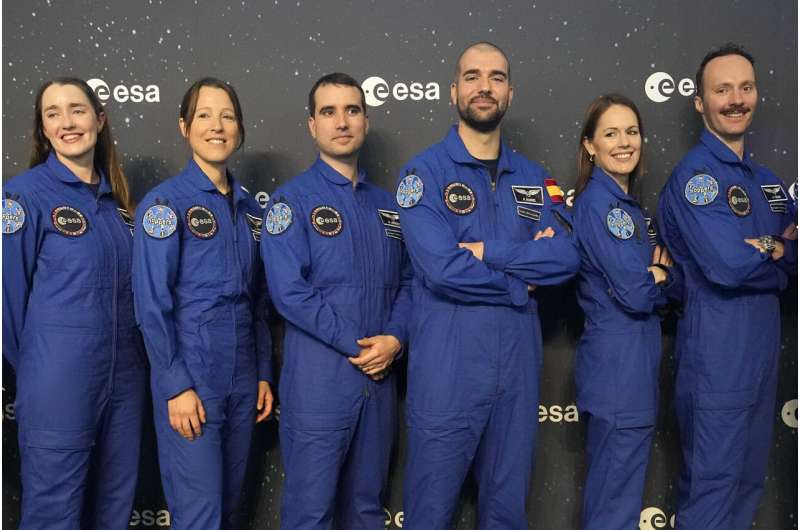
Simulated microgravity affects sleep and physiological rhythms, study finds
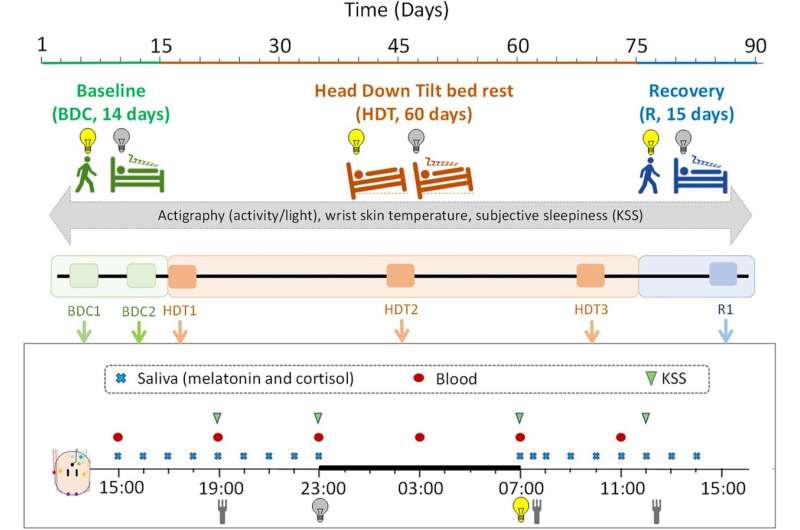
NASA's Voyager 1 resumes sending engineering updates to Earth

For the first time since November, NASA's Voyager 1 spacecraft is returning usable data about the health and status of its onboard engineering systems. The next step is to enable the spacecraft to begin returning science data again. The probe and its twin, Voyager 2, are the only spacecraft to ever fly in interstellar space (the space between stars).
Voyager 1 stopped sending readable science and engineering data back to Earth on Nov. 14, 2023, even though mission controllers could tell the spacecraft was still receiving their commands and otherwise operating normally. In March, the Voyager engineering team at NASA's Jet Propulsion Laboratory in Southern California confirmed that the issue was tied to one of the spacecraft's three onboard computers, called the flight data subsystem (FDS).
Six mind-blowing facts about Galileo
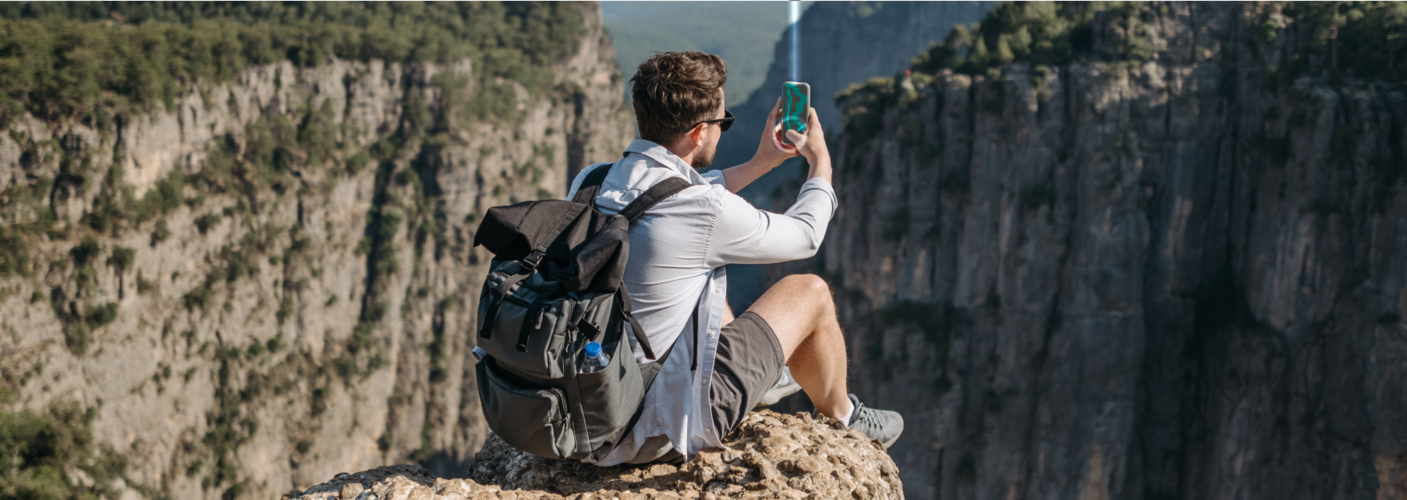
Did you know Galileo was born in the Netherlands in the 1990s? Europe’s own global navigation satellite system was developed in ESA’s technological heart, ESTEC, in Noordwijk, almost three decades ago. Since then, it has grown to become one of the most complex and critical infrastructures ever built in Europe, as well as the largest European satellite constellation and ground segment.
Highlights from ESA basic astronaut training
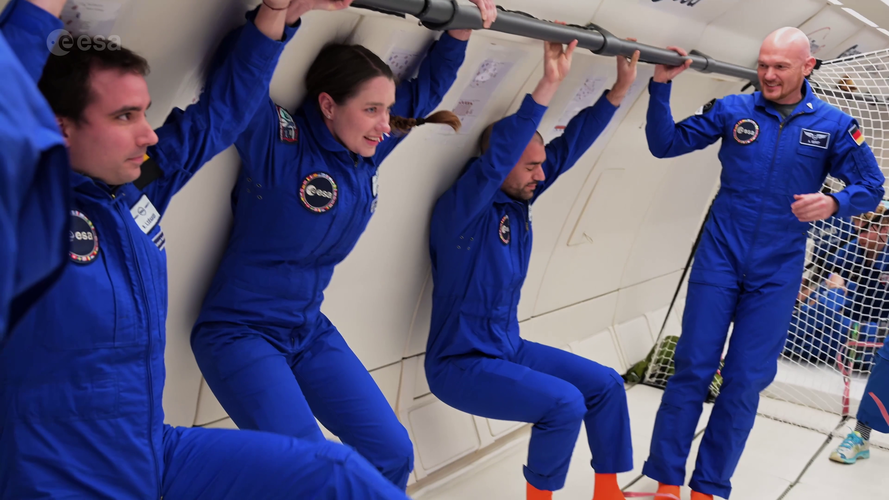 Video:
00:02:37
Video:
00:02:37
ESA's newly graduated astronauts reach the end of one year of rigorous basic astronaut training. Watch the key moments during the journey of Sophie Adenot, Rosemary Coogan, Pablo Álvarez Fernández, Raphaël Liégeois, Marco Sieber, and Australian Space Agency astronaut candidate Katherine Bennell-Pegg. Selected in November 2022, the group began their training in April 2023.
Basic astronaut training provides the candidates with an overall familiarisation and training in various areas, such as spacecraft systems, spacewalks, flight engineering, robotics and life support systems as well as survival and medical training. They received astronaut certification at ESA’s European Astronaut Centre on
ESA astronaut class of 2022 graduation ceremony replay
 Video:
00:57:15
Video:
00:57:15
Watch a replay of the ESA astronaut class of 2022 graduation ceremony.
ESA astronaut candidates Sophie Adenot, Rosemary Coogan, Pablo Álvarez Fernández, Raphaël Liégeois, Marco Sieber and Australian Space Agency astronaut candidate Katherine Bennell-Pegg received astronaut certification at ESA’s European Astronaut Centre on 22 April 2024. This officially marks their transition into fully-fledged astronauts, ready and eligible for spaceflight.
The group was selected in November 2022 and began their year-long basic astronaut training in April 2023.
Basic astronaut training provides the candidates with overall familiarisation and training in various areas, such as spacecraft systems, spacewalking, flight engineering, robotics and life
Sailing among the stars – Gaia's role in discovering distant worlds
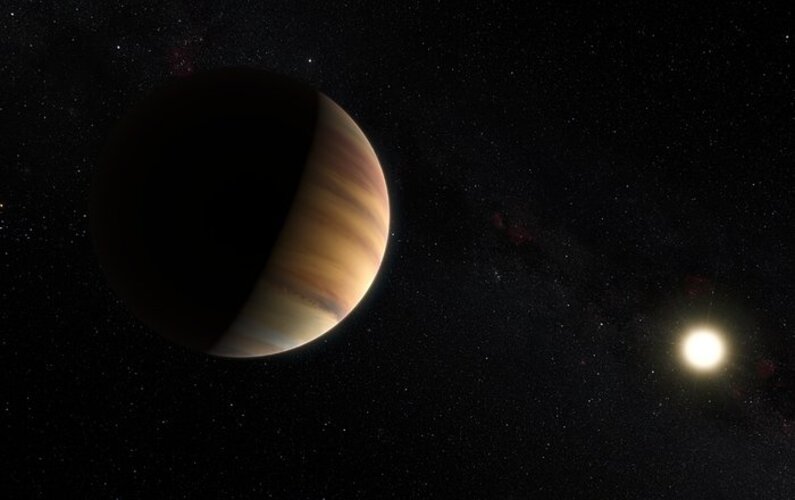
Have you ever looked up at the night sky and wondered if there are other planets out there beyond our Solar System?
The Hoppers
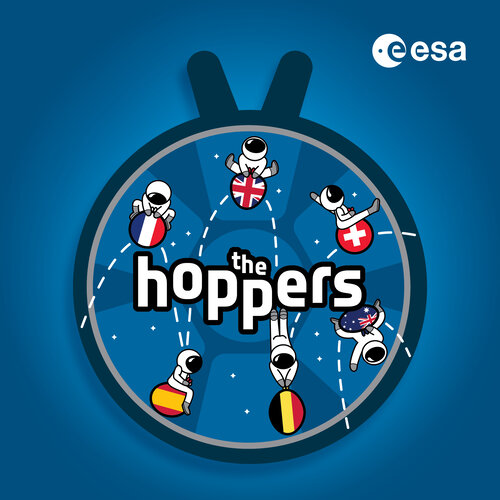 Image:
The Hoppers - name and key visual for the ESA astronaut class of 2022
Image:
The Hoppers - name and key visual for the ESA astronaut class of 2022 